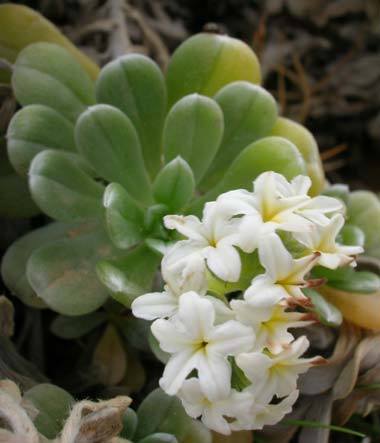We lived in a beautiful condo with a heated pool and a regular swimming pool, recreation hall, library with Internet, gym, hobby room, etc.
We are moving to the Philippines because my family lives there. So we are renting our condo. The ads are available in Craiglist Kauai and in my squidoo page. Please visit the link : ( $1597 / 2br - 660ft² - Condo by Medical Center (Lihue).
 |
| a view from our window |


























